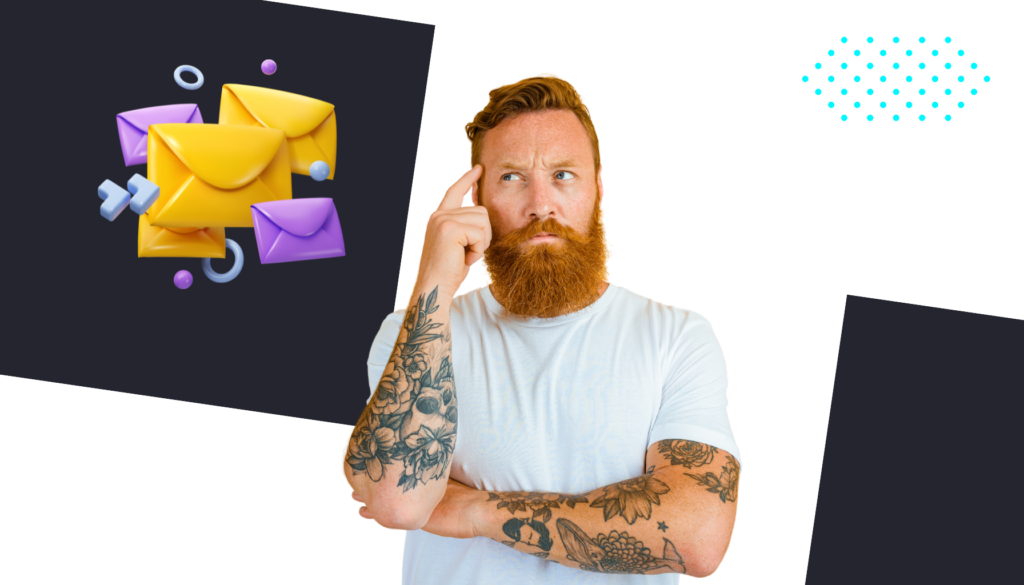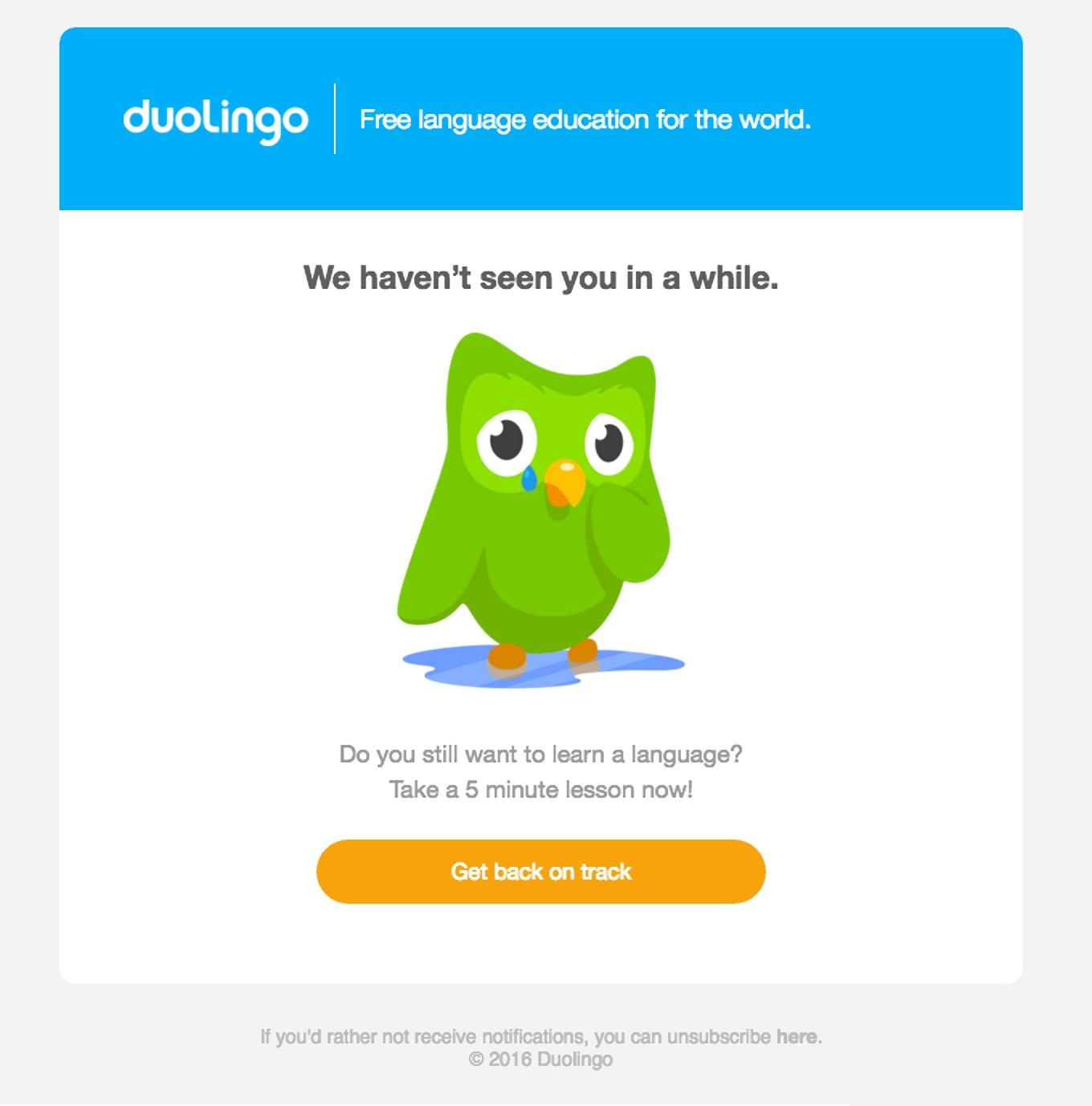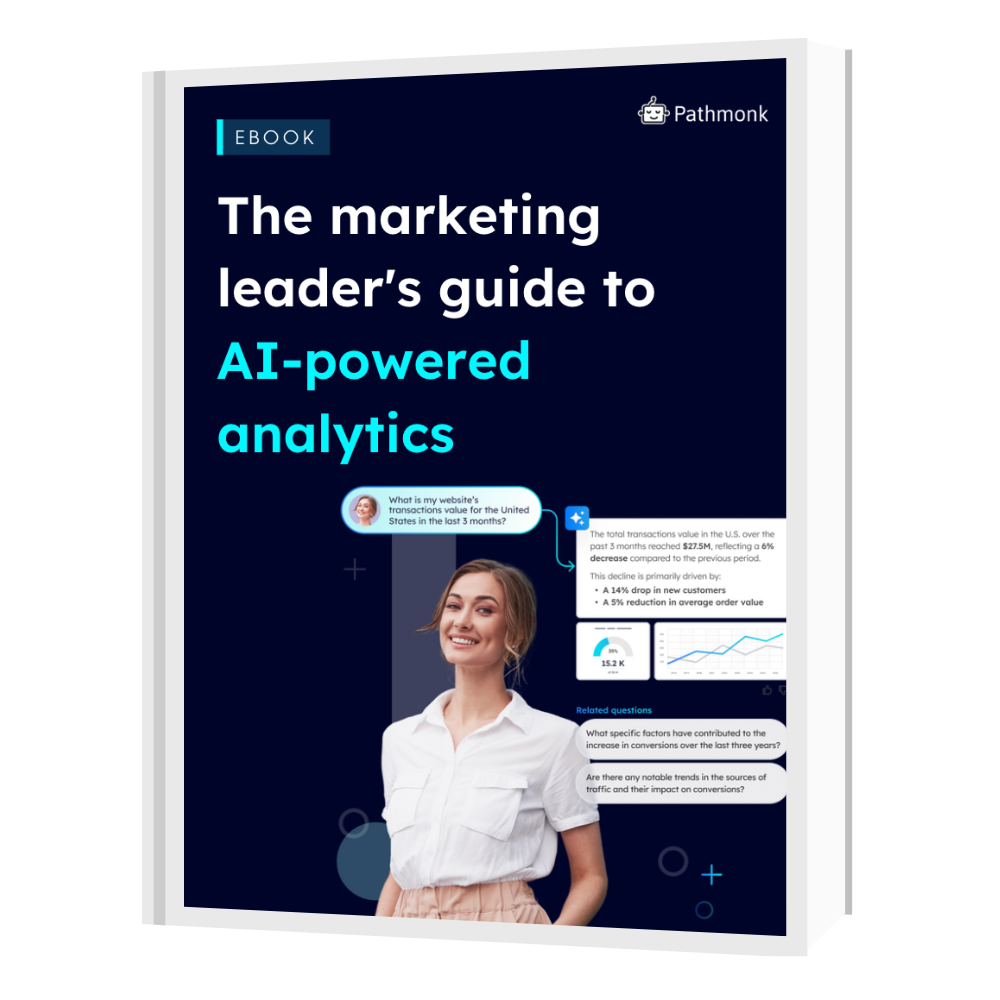
Retaining customers is significantly more cost-effective than acquiring new ones, with research indicating that attracting a new customer can cost x5 more than keeping an existing one. This economic principle highlights the strategic importance of engaging with customers who have previously interacted with your brand but have not made recent purchases.
Win-back emails are a targeted marketing tool designed to re-engage these lapsed customers. By sending personalized messages and tailored offers, these emails aim to reignite interest and bring former customers back into the fold. The effectiveness of this approach is well-documented, with statistics showing that approximately 45% of recipients who receive win-back emails are likely to open future communications from the brand.
This strategy not only helps in reducing churn rates but also enhances revenue generation without the substantial costs associated with new customer acquisition.
Table of Contents
What Is a Win-Back Email Strategy?
A win-back email is a targeted email communication designed to re-engage subscribers who have become inactive or disengaged from your business. Our client Better Agency has a quick tutorial on what a win-back strategy is👇
The primary goal of these emails is to prompt dormant subscribers to interact with your brand again, whether through visiting your website, making a purchase, or simply opening an email.
The core of a win-back email strategy lies in its ability to remind customers of the value and benefits your brand offers, tailored specifically to their past interactions and preferences. This personalization is crucial, as it demonstrates an understanding and acknowledgment of the customer’s unique relationship with your brand.
By highlighting specific products, services, or offers that align with their history or expressed interests, win-back emails can effectively reignite a sense of relevance and connection.
Additionally, win-back emails often include incentives such as discounts, access to exclusive content, or invitations to special events, which serve as immediate reasons for customers to re-engage with the brand.
These incentives are not just promotional tools but are strategically designed to overcome the inertia of inactivity by offering tangible benefits that prompt immediate action.
Effective win-back emails also reflect a strategic understanding of timing and customer lifecycle. They are typically sent after a predetermined period of inactivity, which can vary by industry and product type. For instance, a subscription service might trigger a win-back email after three months of non-engagement, while a retailer might wait six months or more, depending on the buying cycle of their products.
The Psychology and Marketing Behind Win-Back Emails

Win-back emails leverage several psychological marketing principles to effectively re-engage customers who have drifted away. Reciprocity and personalization are two key theories that support their effectiveness:
- Reciprocity: This principle suggests that people feel obliged to return a favor or respond in kind to a gesture. When a company reaches out with a personalized offer or a sincere message aiming to reconnect, customers are more likely to feel a sense of obligation to engage with the brand again.
- Personalization: Win-back emails that address the customer’s specific history or preferences can trigger a stronger psychological connection. Personalized content makes recipients feel recognized and valued, increasing the likelihood of re-engagement.
- Additionally, loss aversion, a concept from behavioral economics also known as FOMO, plays a significant role. This theory proposes that the pain of losing is psychologically twice as powerful as the pleasure of gaining. By framing the message around what customers might lose if they don’t re-engage—such as special loyalty benefits or access to exclusive offers—marketers can tap into this powerful motivator.
When and How to Send Win-Back Emails
Identifying the Right Time
The optimal timing for sending win-back emails largely depends on customer engagement patterns and the lifecycle of the product or service. Here are general guidelines to help determine the right timing:
- Review engagement data: Analyze the average time between purchases or interactions to identify when a customer typically becomes inactive.
- Consider product lifecycle: For products with longer life cycles, like electronics or cars, the inactivity period before sending a win-back email might be longer compared to fast-moving consumer goods.
- Seasonality and buying patterns: Adjust the timing based on seasonality and historical buying patterns. For example, if customers usually make purchases during specific seasons, schedule win-back emails just before these peak times.
Segmentation Strategies
Effective segmentation is crucial for personalizing win-back emails and increasing their impact. Here are some advanced tips:
- Behavioral segmentation: Segment customers based on their past behaviors, such as purchase history, browsing patterns, and previous engagement with emails.
- Demographic segmentation: Use demographic data like age, location, and occupation to tailor messages that resonate more deeply with different groups.
- Predictive analytics: Employ predictive analytics to forecast which customers are at risk of churning and target them before they fully disengage.
Implementing these strategies can significantly enhance the effectiveness of win-back campaigns, making them more targeted, timely, and relevant to the needs and preferences of each customer.
Components of a Successful Win-Back Email
1. Subject Lines
A compelling subject line is crucial as it’s the first thing a recipient sees. It should spark interest or create urgency to motivate the recipient to open the email.
Example: “Is this goodbye, Anna? Here’s 15% off just for you!”
Why? This subject line combines personalization with a sense of urgency, making it personalized and pressing, which increases the likelihood of the email being opened.
2. Personalization Techniques
Personalization makes the email relevant to the individual by referencing past interactions or preferences.
Example: “Tom, your favorite red sneakers are back in stock!”
Why? By mentioning a specific item of interest, the email feels more tailored and relevant, enhancing engagement by reminding Tom of an item he liked.
3. Incentives
Incentives such as discounts, exclusive access, or special offers are powerful motivators that can encourage lapsed customers to re-engage with your brand.
Example: “Welcome back! Enjoy a $10 credit on us.”
Why? This incentive provides a clear, immediate benefit, encouraging the recipient to re-engage and make a purchase by reducing the cost barrier.
4. Design and Visuals
The design and visuals of an email must be eye-catching and reflective of the brand to grab attention and convey the message effectively.
Example: An email layout featuring a clean, modern design with high-quality images of products the customer previously showed interest in.
Why? Attractive visuals draw the recipient in and make the content appealing, which can increase the chances of re-engagement.
5. Call to Action (CTA)
The CTA is a critical element that guides the recipient on what to do next. It should be clear, compelling, and easy to find.
Example: A brightly colored button with “Reactivate My Account” or “Continue Shopping.”
Why? The CTA stands out visually and uses direct language to encourage immediate action, clearly directing the customer on how to re-engage with the brand.
Advanced Strategies for Enhancing Win-Back Campaigns
Using AI and Predictive Analytics
Artificial Intelligence and predictive analytics are revolutionizing how businesses manage customer relationships by enabling more personalized, timely, and effective marketing strategies. These technologies can be particularly powerful in win-back campaigns, where understanding customer behavior and predicting future actions can directly influence the success of re-engagement efforts.
Translate all your data into clear insights
Discover how to future-proof your marketing data strategy with AI-powered analytics.

AI models can analyze vast amounts of data on customer interactions, purchase history, and engagement patterns to identify signs of potential churn. By recognizing these patterns, businesses can proactively address customer disengagement before it leads to a complete separation. For example, AI can detect decreased frequency in purchases or reduced engagement with emails, prompting timely intervention with personalized win-back campaigns.
It also allows for the customization of email content to match the unique preferences and behaviors of each customer. This might include personalized product recommendations based on previous purchases, customized discount offers, or tailored content that resonates with the individual’s past interactions.
The use of AI helps ensure that these recommendations are not only based on historical data but also on predictive behavior modeling, making them more likely to be relevant and compelling.
Integrating Multi-Channel Strategies
Integrating multiple communication channels into win-back campaigns can significantly enhance their effectiveness by reaching customers through their preferred mediums.
This integration creates multiple touchpoints, reinforcing the win-back message and increasing the chances of re-engagement.
- SMS: Text messages can serve as a direct and immediate form of communication for urgent or time-sensitive offers. For example, an SMS could be sent to alert customers about a limited-time offer that complements an email campaign, providing a quick link to redeem the offer.
- Social media: Platforms like Facebook, Instagram, or Twitter can be used to re-engage customers by tailoring content that appears in their social feeds. This might involve displaying ads that remind them of products they viewed but didn’t purchase or offering special social media-only promotions.
Enhance Your Win-Back Email Campaigns with Personalized Buying Journeys
Pathmonk offers marketers a powerful tool to enhance their win-back email campaigns, providing the detailed customer insights needed to create highly personalized and effective email strategies. By utilizing Pathmonk, businesses can not only win back lapsed customers but also foster a deeper connection with them, encouraging long-term engagement and loyalty.
How Pathmonk compares to traditional Conversion Rate Optimization tools:
• Pathmonk Accelerate vs Gong.io
• Pathmonk Accelerate vs Mutiny
• Pathmonk Accelerate vs Optinmonster
• Pathmonk Accelerate vs Hubspot Pop Up Forms
• Pathmonk Accelerate vs Clickfunnels
• Pathmonk Accelerate vs Drift
Increase +180%
leads
demos
sales
bookings
from your website with AI
Get more conversions from your existing website traffic delivering personalized experiences.






